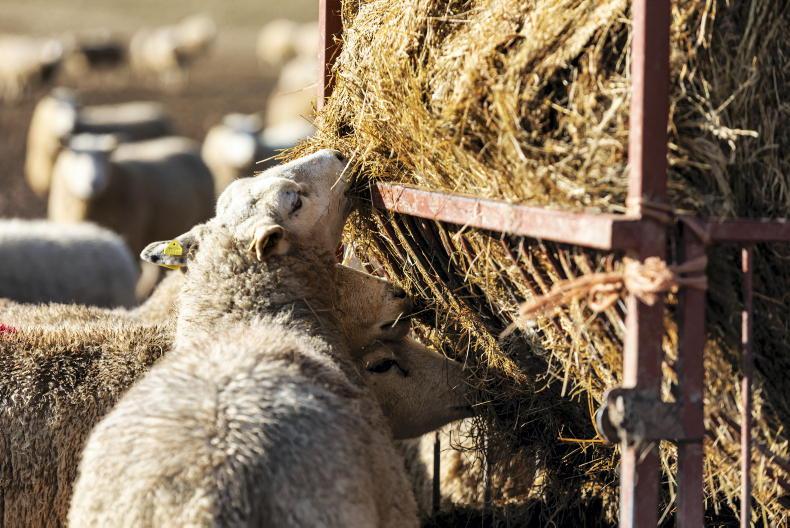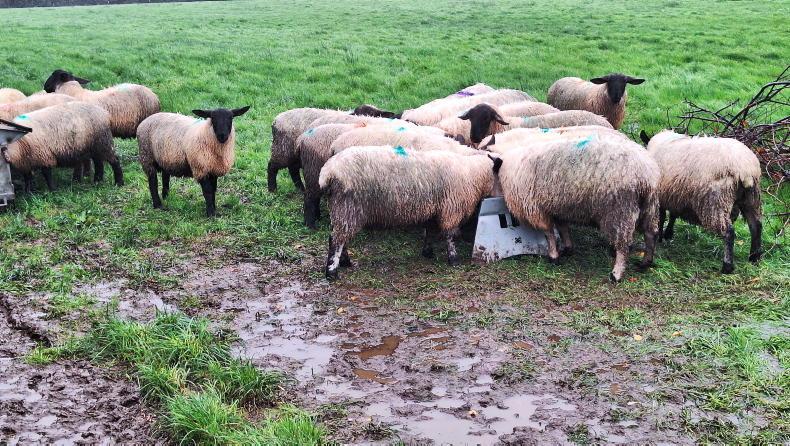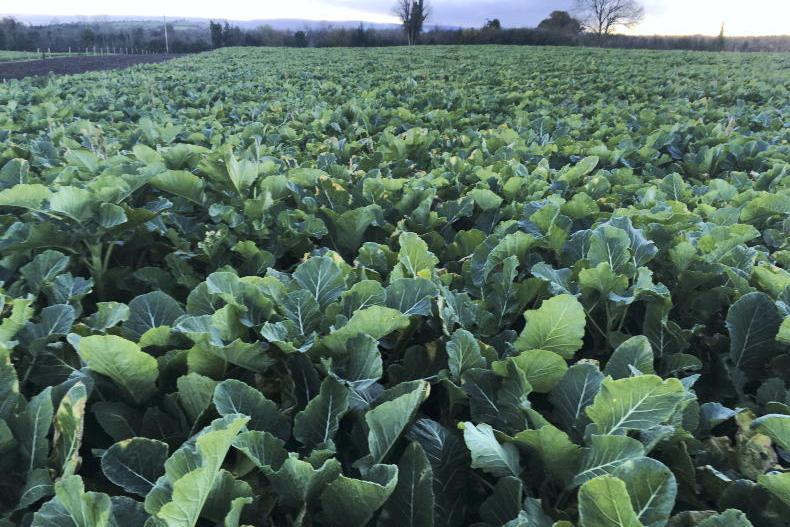It’s the start of November and if you were lacking a calendar and had to guess what time of the year it was by the weather and ground conditions, you’d likely guess that it was closer to the start of October, such is the mild and dry conditions we are experiencing at the moment.
Grazing conditions have been excellent the past couple of weeks, with even some of the heavy rain failing to turn ground to slop.
This has been helped partly by low pre-grazing covers making swards easy to graze out, which in turn has resulted in strong regrowths on these paddocks, as there is still green matter once grazed down.
This does question the focus on building cover to 1,000kg to 1,100kg DM/ha in September, which can be often poorly grazed when bad weather hits.
Is there merit in reducing pre-grazing cover and supplementing?
Priority stock
At the moment, it looks like grass will run out before weather forces cattle indoors, so the focus should be on extending the grazing for priority animals.
Any finishing or store animals should be housed to preserve grass for weanlings or autumn-calved cows on a beef enterprise, while keeping calves and in-calf heifers should be the priority for dairy herds.
I have heard of some dairy farmers grazing by day and in on silage by night to reduce demand. Usually, we are doing this due to poor weather.
For mid- and late-season ewe flocks, it’s an important time to keep grass in front of ewes during and after breeding to ensure high conception rates.
Where grass is running tight, the first port of call is to reduce demand.
Store lambs or dry ewe lambs retained for breeding should be either housed and finished (store lambs) or housed on silage (ewe lambs) where grass off the main grazing block is not available.
Alternatively, concentrate feeding can be given to ewes, but this is of higher costing than the other two options.










SHARING OPTIONS